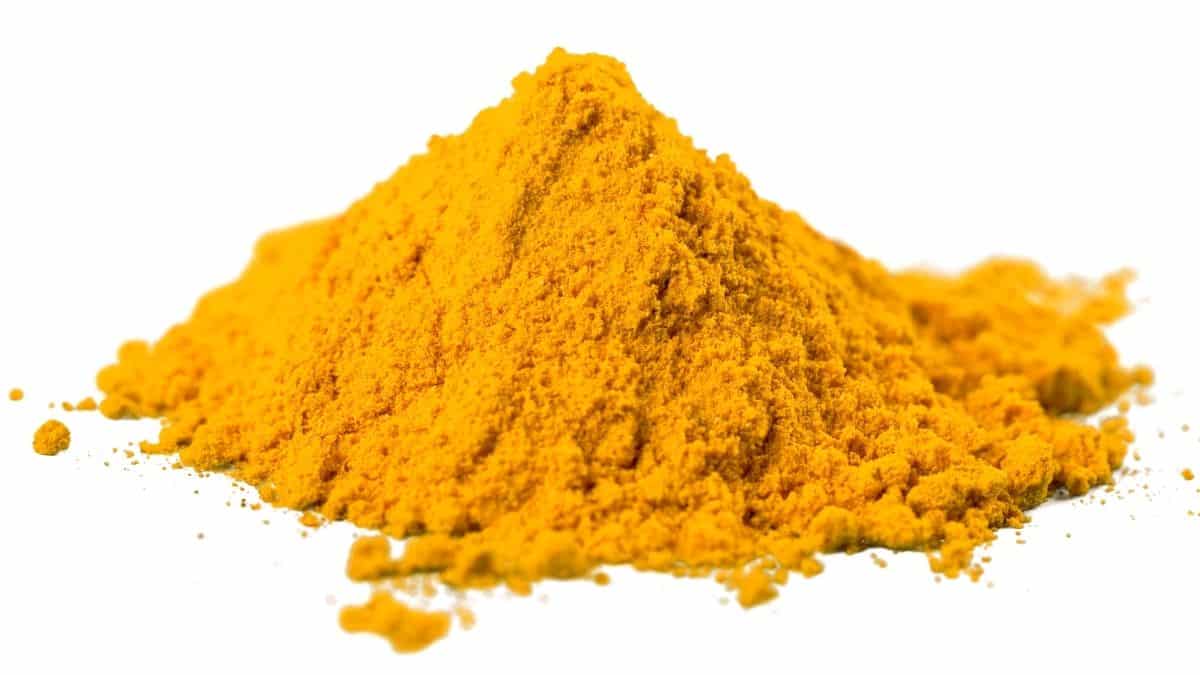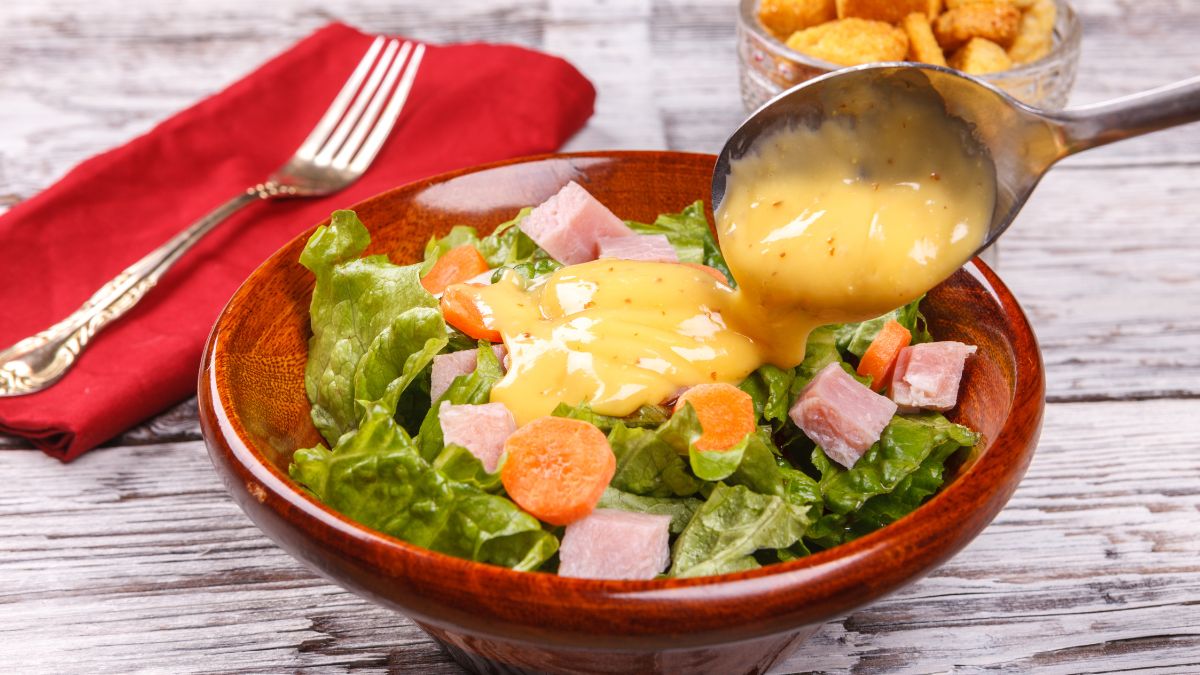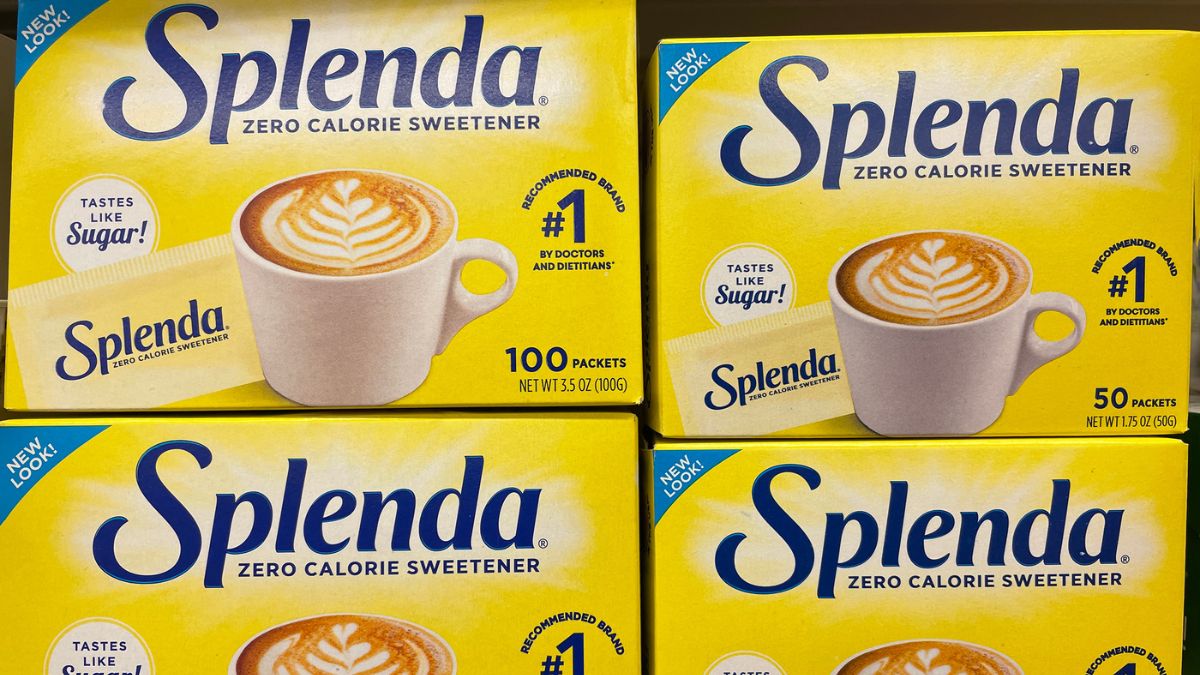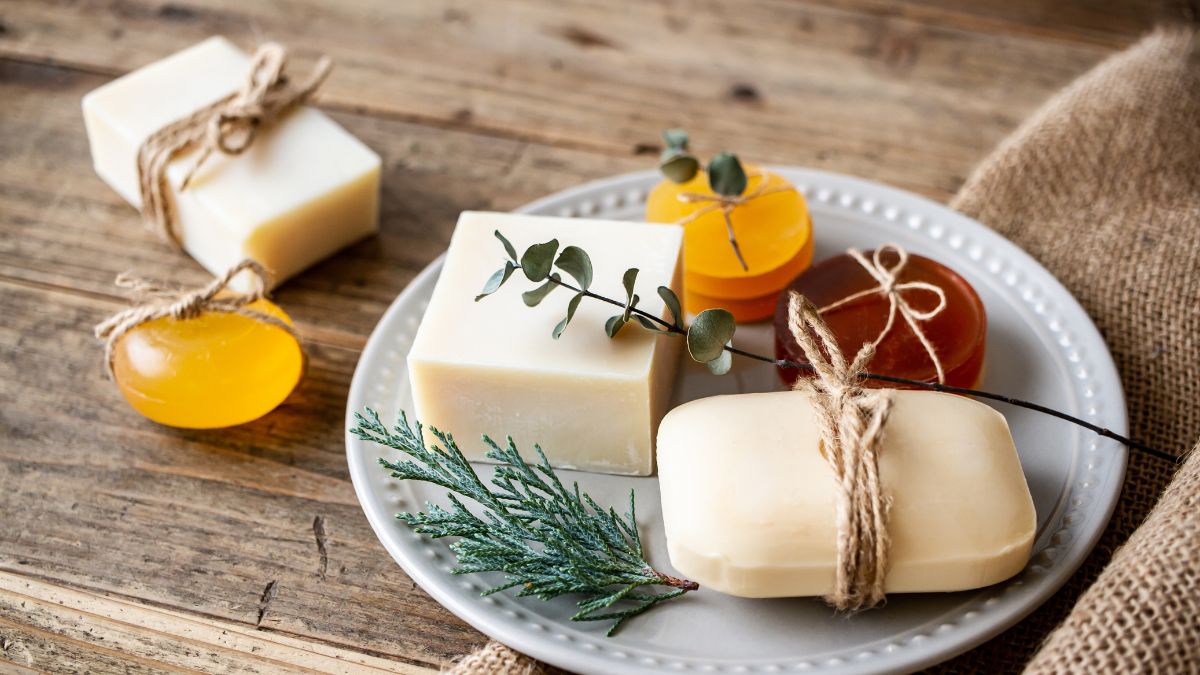Answer: Yes. Yellow 5 is a vegan food product. To be precise, it’s a food additive used in many food items for coloring purposes. Since it’s prepared artificially from petroleum, it’s all vegan.

Is Yellow 5 Vegan?
Food additives are always under the scanner for being harmful to our health. And that’s not an exception for Yellow 5, also known as Tartrazine or FD&C Yellow #5.
Yellow 5, and food additives in general, make our food aesthetically appealing. But they do come with their own set of disadvantages and risks. But on the veganism front, they’re entirely vegan since they do not involve animal produce.
What Is Yellow 5 and How It’s Made?
Yellow 5, or Tartrazine, is an approved food coloring agent that food manufacturers use to dye dosage forms. It’s called yellow because it imparts a lemonish yellow color to the food it is added to. Therefore, you might also hear the phrase synthetic lemon yellow. Yellow 5’s use is not only limited to food. After being approved for food use, the additive was subsequently used in capsules, tablets, antacids, and many other cosmetic items.
The use of Yellow 5 is approved by the US Food and Drug Administration FDA as long as it meets their specifications.
One of the specifications is that all food items, cosmetics, and drugs must bear Tartrazine’s label as a dye. Yellow 5 is made synthetically from byproducts of petroleum through a series of complex chemical reactions.
The final product is an azo compound with the chemical formula C16H9N4Na3O9S2. So besides nitrogen, carbon, and hydrogen (the compounds found in natural dyes), you have oxygen, sulfur, and sodium as additional chemicals.
Health Risks Associated With Yellow 5
While Yellow 5 is approved for use by the FDA, several studies have pointed out the risk of using the additive.
Furthermore, different regulatory bodies have their own opinion on the use of Yellow 5 in food.
In 2007, a pivotal study revealed a connection between certain artificial food colors (AFCs) and increased hyperactivity in preschool and school-aged children. This research prompted the European Union’s Food Standards Agency to classify several AFCs as potentially unsafe for children, including Yellow 5, Yellow 6, Red 40, Ponceau 4R, Quinoline Yellow, and Carmoisine. As interest grows in 2025 around both health and dietary choices, many people also wonder, “Is Yellow 5 vegan?” Generally, Yellow 5 is considered vegan since it is synthetically produced without animal-derived ingredients, making it a common additive in vegan-friendly products.
In the products that contain Yellow 5, the EU’s food safety agencies have made it mandatory to include a warning label. This should state that Yellow 5 may cause an adverse effect on activity in children.
Can Be Carcinogenic
A study in 2015 aimed at studying the interaction of white blood cells with the Yellow 5 revealed something significant.
It found that exposure to Yellow 5 didn’t have any effects on the WBCs immediately. But when tested over time, it damaged the DNA to a certain extent. After three hours of continuous exposure, Yellow 5 damaged the white blood cells in every concentration.
The research further revealed that the cells became irreparable when exposed to a higher concentration of Tartrazine. This makes a perfect spot for tumor cells to develop and grow. Since the gastrointestinal tract is directly exposed to Yellow 5, the tract cells are more vulnerable to cancer. The colon metabolizes most AFCs. This can lead to colon cancer as well.
But one reason this research has not prompted the FDA to ban the use of Yellow 5 is that the study was conducted in isolated cells and not in the human body.
Other Health Effects
Tartrazine is known to cause many adverse reactions when consumed. This includes hives, angioedema, asthma, atopic dermatitis, and food intolerance.
But the studies have been either insufficient or conducted only on rats to be anything of significance. That’s why we still have Yellow 5, imparting our food products with the yellow color.
Without any conclusive research, it’s highly unlikely that the additive will be restricted for use.
Food That Contains Yellow 5
Tartrazine has been in use since 1969. It is currently in use in many food products that you might be consuming.
But the most famous use of Yellow 5 is perhaps in the Mountain Dew soft drink. In the late 1990s, Mountain Dew was introduced to the general public. It was easily distinguishable from the regular coke and caffeinated beverages that dominated the scene. The Mountain Dew had Yellow 5 added to it which provided the neon yellow color. Its bubbly and fruity taste also helped the beverage differentiate itself from the competition.
Other food items where you may find Yellow 5 added are:
- Powdered chicken broth
- Jello
- Koal acid
- Pasta
- Macaroni and cheese
- Ice creams
- Brightly-colored candies
- Sodas
- Popsicles and other frozen treats
- Flavored milk
- Breakfast cereals
You’ll mostly find processed food products that are yellow in hue.
Since most products are required by law to disclose their ingredients and additives, you can check for the label if Yellow 5 is included.
How to Decrease Yellow 5 Consumption?
If you’re concerned about the consumption of Yellow 5, you can lower its intake by taking a few measures.
The first thing is to look at the label and check if Yellow 5 is one of the additives. If yes, you can avoid the product altogether. Besides Yellow 5, you should also look for other AFCs like Blue 1, Blue 2, Green 3, Yellow 6, and Red 40.
You can use natural alternatives to get the same yellow hue in your food. Some recommended options are carmine, paprika, beetroot extract, saffron, and carrot oil.
To Sum Up
You shouldn’t be worried about Yellow 5 or Tartrazine being a non-vegan product. It’s prepared from petroleum byproducts and hence is entirely vegan.
As long as the FDA recommends it, it’s also safe for consumption. But it’s best to limit its consumption and turn to natural alternatives instead.




